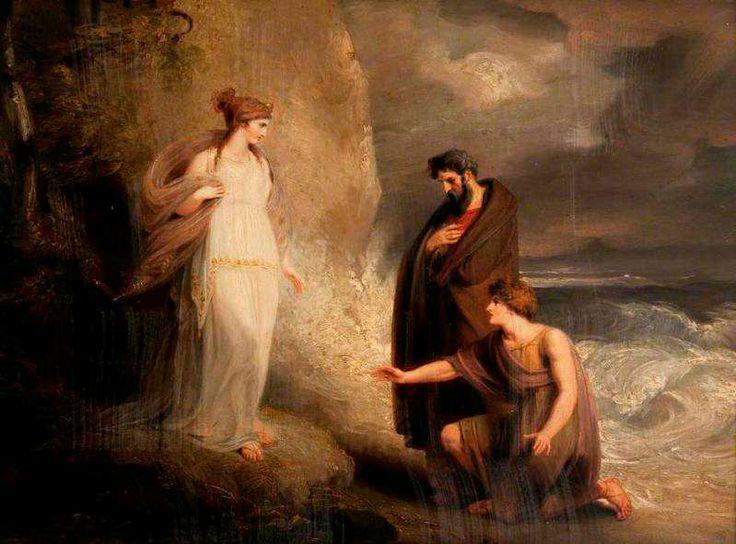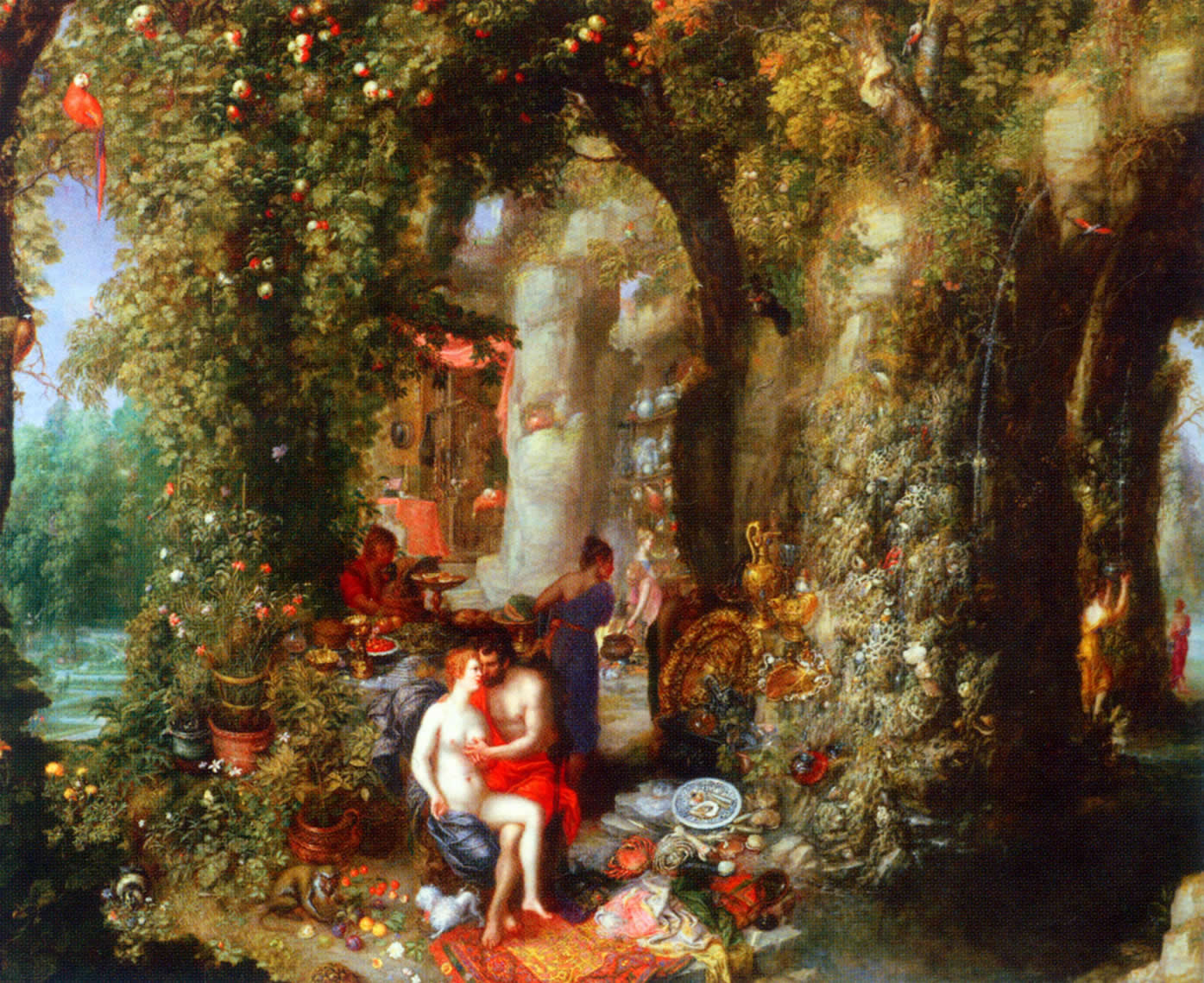Calypso
The Ethereal Sea Nymph of "Concealment" Who Hosted Odysseus in Homer's Odyssey

In Homer's epic, the "Odyssey," Calypso is presented as the daughter of the Titan Atlas. Atlas was the father of many nymphs, some of whom were associated with the sea and remote places. Other myths mention that the Titan Oceanus was Calypso's father (or grandfather). Thus, Calypso enjoyed the reputation of an ethereal and venerable entity. Her name comes from the verb "kalyptō," which means "to hide" or "to cover."
The "Odyssey" describes Calypso and her enchanting island, Ogygia, in detail, where she lived. Her home was a cave, warmed by the fire of cedars. The cave was nestled within a dense forest of poplars and cypresses. Owls, hawks, and seagulls inhabited the area. In front of the cave's entrance, clusters of grapes grew, and four springs produced sweet water. The surrounding meadows were filled with violets and aromatic plants. Calypso subsisted on nectar and ambrosia, the food of the gods. Her daily life included weaving, as well as grooming and managing her household.

Odysseus arrived at this paradisiacal island as a solitary castaway after many years of adventures and wanderings. His only surviving ship from his fleet was destroyed by a storm sent by the gods, resulting in the drowning of all his companions. To Odysseus, Calypso was his savior, along with other women he encountered during his journey.
At first, Odysseus was content with Calypso, but gradually he spent more and more time on the seaside rocks, devoted to gazing at the sea and longing for his homeland, Ithaca, as well as his wife, Penelope. Eventually, when Zeus sent the messenger Hermes with instructions for Calypso to release Odysseus, she helped him build a vessel to continue his journey. Previously, though, she tried to entice him to stay forever on Ogygia by offering him immortality. Odysseus's rejection and his determination to remain mortal and return to Ithaca constitute a significant symbolic moment within a series of trials and challenges he faced during his homecoming.

It is mentioned that Calypso had many sons with Odysseus. Nausithous and Nausinous bear names related to their maritime heritage. Other sources mention that their son was Latinus, who later became king of the Latins in Italy. It is also said that Calypso was the mother of Telegonus, though there is another opinion that Telegonus's mother was Circe. Later, Telegonus arrived in Ithaca and accidentally killed his father, Odysseus.
Although Calypso is not depicted in ancient Greek art, the story of Odysseus with Calypso became popular among European artists of the 17th century. The Flemish artist Jan Brueghel the Elder (1568-1625) created the work "The Enchanted Landscape with Odysseus and Calypso." Later, the Dutch artist Gerard de Lairesse created the more dramatic work "Hermes Ordering Calypso to Release Odysseus." Additionally, the Italian artist Luca Giordano painted the couple with Calypso filling the glass of the guest Odysseus.
